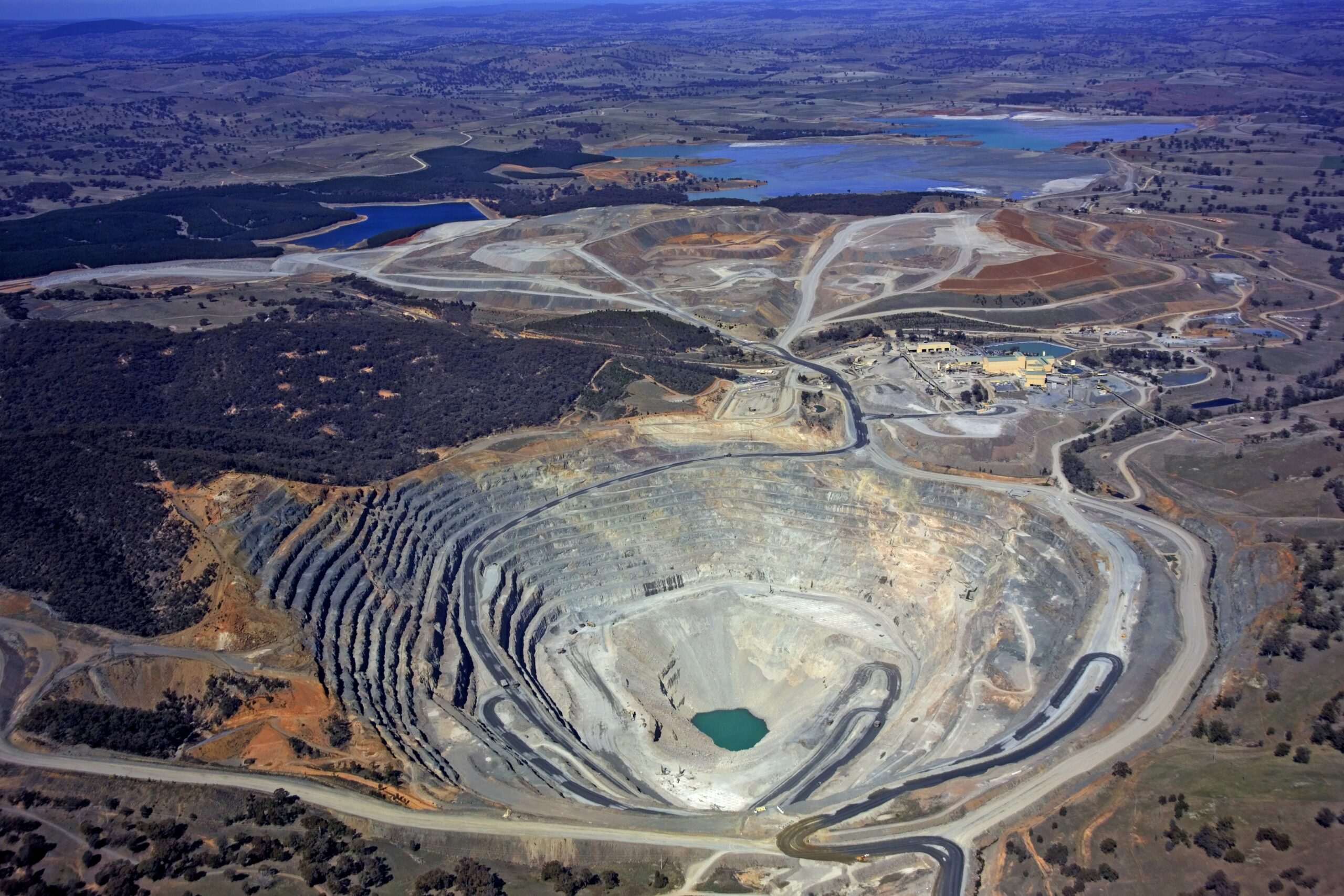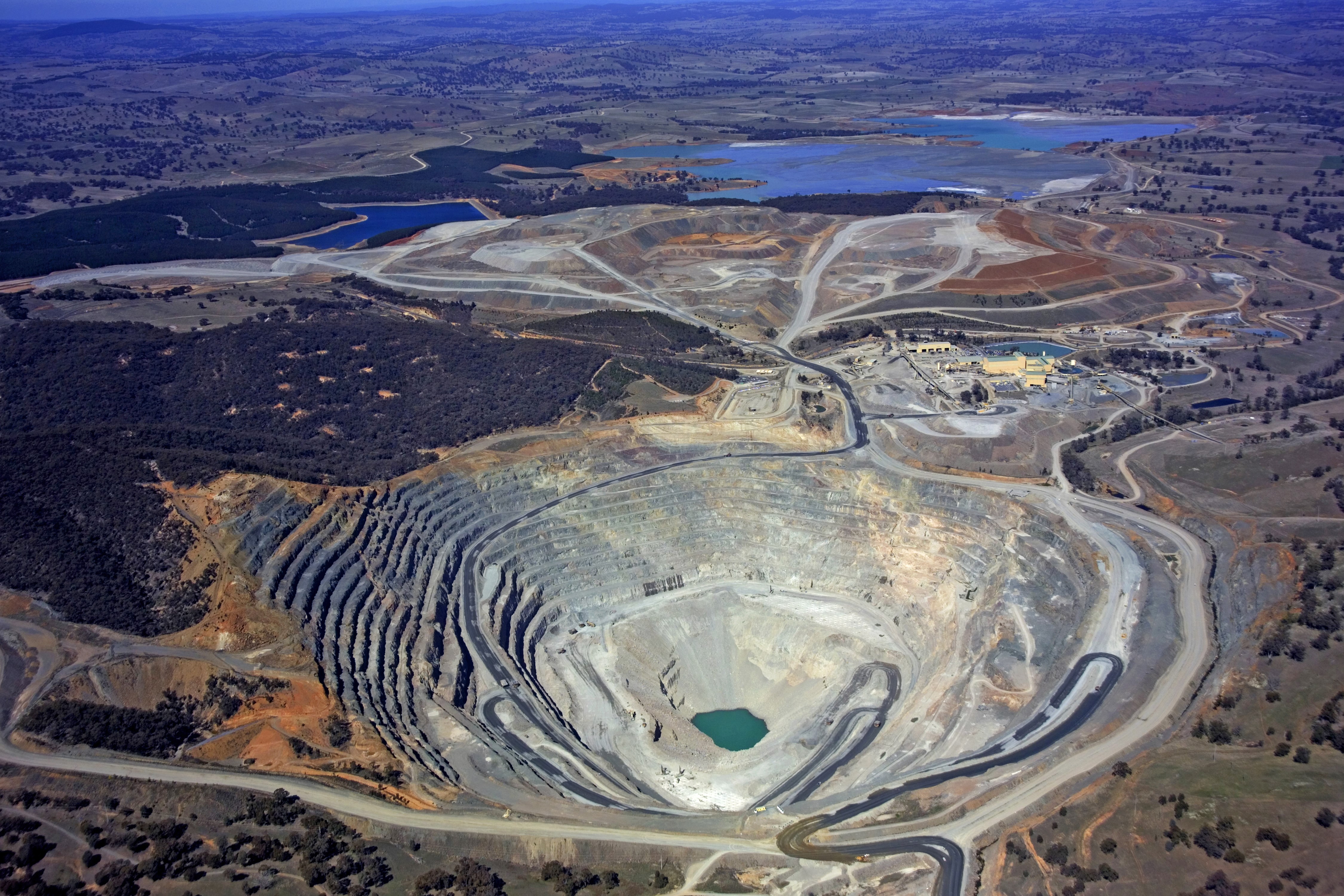
ICG Commodity Update – December 2020
The ICG Commodity Update is our monthly published comment on energy, industrial metals and precious metals market.
Energy
At the end of 2020 Brent crude prices topped $50/bl for the first time since early March. The latest milestone in a remarkable oil-market recovery fuelled by supply curtailments and drivers returning to the road. Its recent rally shows how hopes for coronavirus-vaccine distribution and economic-stimulus programs are helping to heal global energy markets. Indeed, the oil sector has been hit harder than almost any other by the pandemic. Crude prices fell from near $70/bl at the beginning of 2020 to below $20/bl in April as lockdown slashed fuel demand. The crisis reached its crescendo in April, when the US oil price WTI briefly turned negative. After a short but damaging price war, OPEC and Russia enacted record supply cuts to stabilise markets. Companies were forced to rip up investment plans while European energy majors began to look to a greener future. Oil and gas companies wrote down +$150bn combined in the first three quarters of 2020, the most for that nine-month period since at least 2010. Defaults by US oil and gas producers are set to outstrip all other sectors again in 2021 according to Fitch. There are, however, signs of a nascent recovery after the turbulence of 2020. Crude has crept back above $50/bl and some investors are betting that the cycle is turning, even as expectations for peak demand loom over the horizon. On the demand side, oil consumption is expected to rise by the most on record in 2021. The IEA expects demand to rise by almost 6mboe/d but will average 96.9mboe/d, still below the pre-pandemic record of 100mboe/d in 2019. On the supply side, the outlook is more complex. US shale stabilised in the 2H 2020 but the days of gangbuster growth are behind it. Some estimate oil project investment will never fully recover to pre-virus levels. The industry will continue to consolidate to reduce costs and assure investor returns. Finally, most analysts expect the oil market to stay in deficit during 2021. However, the market rebalancing remains heavily dependent upon the output management of OPEC+ and OPEC’s decision to assess the market on a monthly basis will undoubtedly drive volatility. Nevertheless, we are persuaded that investors are still looking to rotate into cyclical commodities such as oil and natural resource equities. Valuations continue to look very attractive with a P/CF of 3.9x and a healthy FCF yield of +10% this year. We think that the reduced cost structures and promised capital restraint should set the sector up well to finally deliver on long-awaited capital return growth in 2021+, and as a result, should drive a further catch-up move in the broader sector.
Industrial Metals
According to analysts, commodities are predicted to enter a long-term bull market and draw comparison to the last super cycle that started in the early 2000s on a China-driven demand boom. Especially copper, considered an economic barometer, is essential for decarbonization. Electric vehicles use up to four times more of the metal than internal combustion engines, while renewable energy uses at least three times more copper and as much as 15 times more than traditional power production. Copper has posted nine straight monthly gains, the longest run since 1994. Prices have surged about 80% from a low in March, helped by China’s appetite for commodities and supply snags early on in the Covid-19 pandemic. Analysts expect further gains amid a possible production deficit, weaker dollar and the metal’s role in green technology – interest in copper investment increased on the back of the “green revolution” recently, Credit Suisse for example stated the metal is one of their favorite ESG themes and states that mining is one of their strategists’ top three overweight’s. They see demand drivers to remain robust or accelerate for the whole sector into 2021. When looking at commodities demand, there is no way around China. Chinese commodity demand ended the year on some very high notes marking a stunning recovery from the hammer blow of the pandemic that landed in February. Roaring demand and supply constraints in the world’s biggest consumer are feeding a broader turnaround in global prices. Another good example is iron ore, where the market is tight, and the price increased from $86/t at the start of 2020 to >$150/t by year-end. Key indicators in China such as land purchases, infrastructure bond issuances and stimulus for vehicles / white goods provide support for Chinese steel demand, coming from the infrastructure, real estate and manufacturing sectors. Analysts expect Chinese steel production to grow again in 2021, after an already very strong 2020. Analyst expect the iron ore market to stay in deficit during 2021. On top of that, other important iron ore consuming regions like South East Asia and Europe are likely to recover in 2021, given fiscal stimuli and economic normalization post COVID-19. Overall, industrial metals prices are making a buoyant start to the New Year on vaccine rollouts worldwide which brightens outlook for the economy and with that, the demand for metals. All this results in Mining companies having for 2021 record dividend yields (IMC at 3%), record FCF yields (IMC at 8%) and this still with an attractive valuation (EV/EBITDA at 6.2x for the IMC).
Precious Metals
Gold lost -5.4% in November as investors bolting out of precious metal exchange traded funds in anticipation of the COVID-19 vaccines have outweighed the impact of a record volume of bonds trading at negative yields. Gold’s current weakness is accompanied by a depreciating dollar, which normally has an inverse price correlation with the yellow metal. Gold has had a stellar year, rising 16% year-to-date. However, the recent fall has been fast and furious but not without precedent. In 2H11, a short-lived revival in US real interest rates, linked to policy uncertainties as well as communication missteps by the Federal Reserve, triggered profit-taking from its then record high. This time, gold prices have sold off on earlier-than-expected COVID-19 vaccine progress. Uncertainty about the Fed’s next steps and improving macro data also played a part. On both occasions, there was one common theme – outflows from exchanged-traded funds, which is a frequent reaction to diminished appetite for safe havens. Also, according to Goldman Sachs, COVID has led to a massive rise in government spending, particularly in the US where the dollar was already facing headwinds. Although the dollar got a boost from a flight to safety at the beginning of the crisis, this support is likely to fade in 2021 and beyond, creating a positive feedback loop similar to what it did during the 1970s and 2000s when oil and gold reached historical highs. In addition, inflation tails risks are greater than at any other time since the 1970s. Similar to after the global financial crisis, gold markets will likely be pulled higher as reflation concerns grow with the recovery and investors look to buy the currency of last resort. Economists believe near-term breakeven inflation has further room to run, supporting higher prices for precious metals and commodities in general. Gold miners suffered this month but we think the investment case remains intact. We had several “virtual” conferences with CEOs und industry experts that agree that the vaccine news should be positive for the economy, the companies and of course for the humans in general. Back to normality also is positive for the precious metals sector. Indeed, most companies still generate record high free cash flow and are distributing decent dividends. This has been visible on the last earning season and we expect the PMC portfolio to generate a dividend yield at least twice the universe going forward.



